 spieth10@spiethstorage.com
spieth10@spiethstorage.com +8615259233328
+8615259233328
-
Time:4/29/2024
-
Time:4/19/2024
-
Time:4/1/2024
-
Time:3/29/2024
-
 Tel : +8615259233328
Tel : +8615259233328
-
 E-mail : spieth10@spiethstorage.com
E-mail : spieth10@spiethstorage.com
-
 Address : Tongan Park, Tongan District, Xiamen, China 361023
Address : Tongan Park, Tongan District, Xiamen, China 361023
Why is it recommended not to make warehouse heavy duty rack materials too thin?
 Time:1/26/2024
Time:1/26/2024 303
303During the warehouse construction process, heavy-duty racks, as an important part of the warehouse, undertake important tasks such as carrying goods and ensuring the safe operation of the warehouse. Therefore, when selecting heavy duty racking materials, consider the thickness of the material and its impact on racking performance. Why is it recommended that warehouse heavy-duty rack materials should not be made too thin to improve the load-bearing capacity and safety of the racks?
Overview of heavy-duty racks
Heavy-duty racks, also known as warehouse racks, are racks used to store heavy goods in warehouses. Heavy-duty racks require materials with sufficient strength and toughness to ensure safe operation of the racks. The selection of rack materials should fully consider factors such as their load-bearing capacity, corrosion resistance, and fire resistance.
Warehouse heavy-duty rack materials
1. Metal profiles
Metal profiles are the most common material used in heavy-duty racking. Such as channel steel, I-beam angle steel, etc., which have good load-bearing capacity and corrosion resistance. However, the thickness of the metal profile directly affects the performance of the warehouse rack. If the material is too thin, it may cause the rack to deform during use and reduce the load-bearing capacity.
2. Non-metallic profiles
Non-metals, such as plexiglass, PVC boards, etc., although have good corrosion resistance and fire resistance, their load-bearing capacity is low. In warehouse construction, heavy-duty racks need to be able to carry larger cargo weights. Therefore, non-metallic profiles are not suitable as heavy-duty rack materials.

Recommendations on the thickness of heavy-duty rack materials
1. Choose a metal profile of appropriate thickness
The thickness of the metal profile should be selected based on the weight of the stored items and the actual conditions of the warehouse. Normally, heavier goods should use thicker metal profiles to ensure the safe operation of the warehouseracks.
2. Control the thinness of metal profiles
On the premise of ensuring the load-bearing capacity, the use of thin metal profiles should be reduced as much as possible. Warehouse rack materials that are too thin may deform during the stress process, thereby reducing the load-bearing capacity.
3. Consider other factors
When selecting rack materials, other factors need to be considered, such as corrosion resistance, fire resistance, etc. These factors may affect the service life and safety of the warehouse racks and should be considered comprehensively.
-

-
 +8615259233328
+8615259233328
 0
0







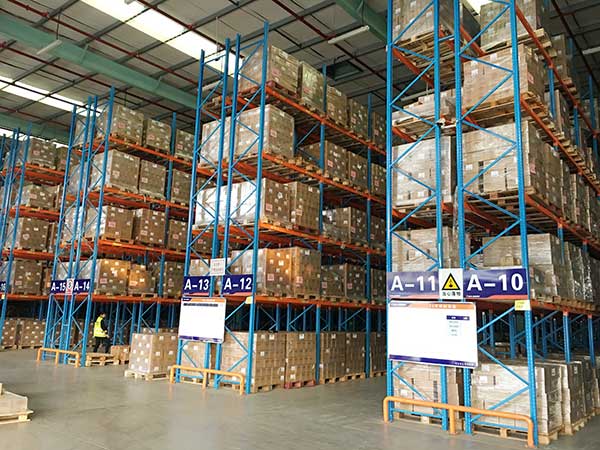
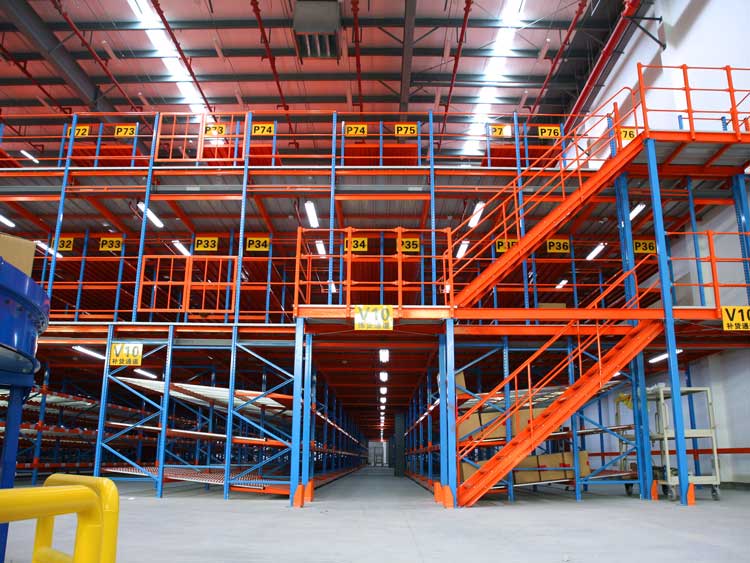
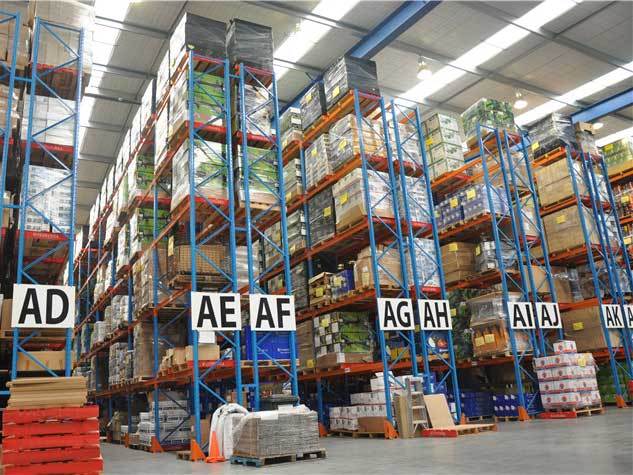
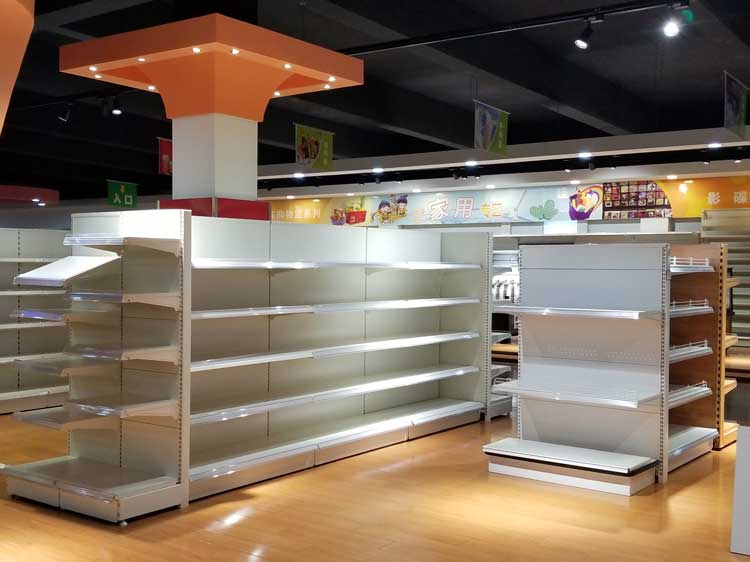
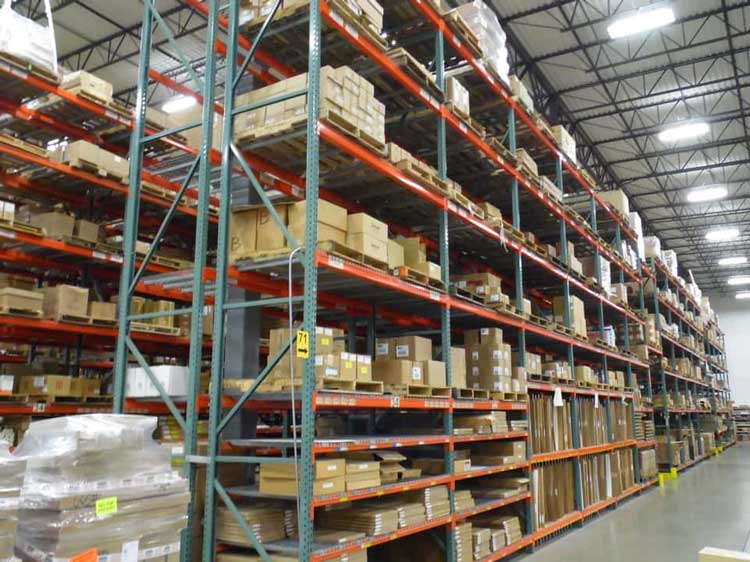






 Link:
Link:




